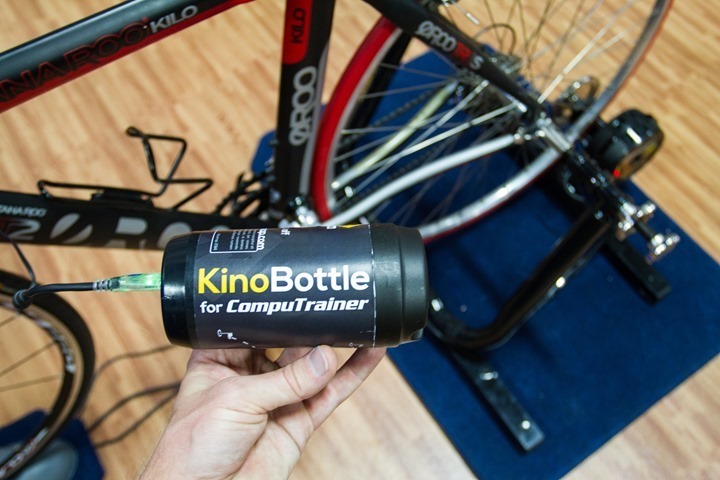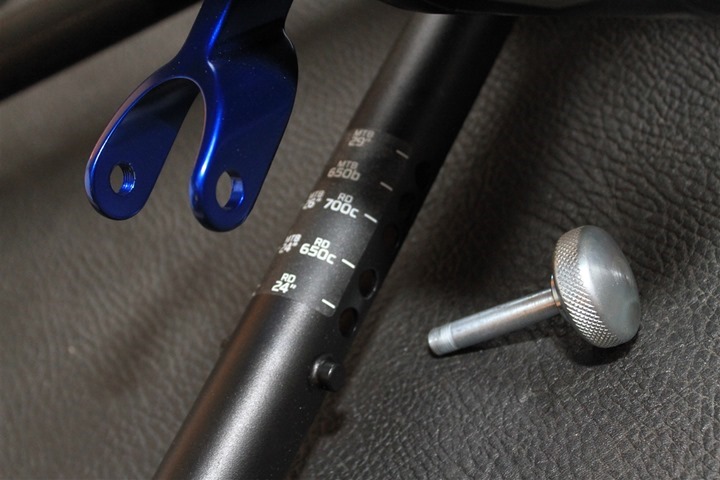

Lester says you can certainly make more power out of the saddle, but it’s less efficient than sitting. When I tried a really hard gear at low rpm, like when I climb home, 55. When I stood, my SpinScan dropped from 75 to 55. It just feels good, and I think I have great technique.

At one point I hit 80, but I have no idea how. SpinScan – If I focus on pushing across the top of the stroke, I can average about 75. As you make subtle adjustments to your pedaling style, you can immediately see changes in your stroke shape and power.Ĭadence – I was most efficient around 90 rpm.ĪTA – When I focused on pushing across the top of the stroke, I could get close to the ideal 90 degrees. My scores when I just sit, relax and spin.

Lester said I have good technique and power, but, if I want to sustain that power longer, I need to do more long rides. The best SpinScan he’s ever recorded was 90, by world champion XC racer Gunn-Rita Dahle (that’s her demonstrating pedaling technique in MMBSii). A score of 100 would mean you’re applying force evenly all the way around the circle, which is impossible. This number, 0 to 100, signifies the efficiency - the roundness – of your stroke. A perfect score would be 90 degrees from vertical, or 3 o’clock.

That’s the average point on the circle where most of your power is applied. – Percentage of power generated by left and right leg. The rounder the shape, the rounder the stroke. An oblong graph appeared on the screen, signifying the efficiency of my pedal stroke.Ī narrow figure eight means terrible stroke mechanics. To begin, Lester hooked me up and got me spinning. How it worksĬompuTrainer and SpinScan are powerful programs, and I’m sure I barely scratched their surfaces. Sissy excuse: I rode from home to the gym, did a very hard workout, then rode to the Center. If I did this class with some of my buddies, an ambulance would be on call. The system sets the resistance for your weight, your power level and the workout protocol. I did some of those classes a couple winters ago, and they were awesome. The specialists can do in-depth analysis on a single rider, or they can subject up to eight riders to indoor cycling brutality. In this small room, eight trainers are tied to the CompuTrainer system. Lester Pardoe, Boulder Center for Sports Medicine coaching specialist and biomechanical technician, dialed me in at the Center’s “Cave,” which is short for Cave of Pain. The Cave at the Boulder Center for Sports Medicine. This experience confirmed some things I was feeling, and it blew one notion out of the water. I went to the Boulder Center for Sports Medicine, hooked my Tricross to a CompuTrainer-equipped trainer and got my pedaling stroke analyzed with SpinScan software.


 0 kommentar(er)
0 kommentar(er)
